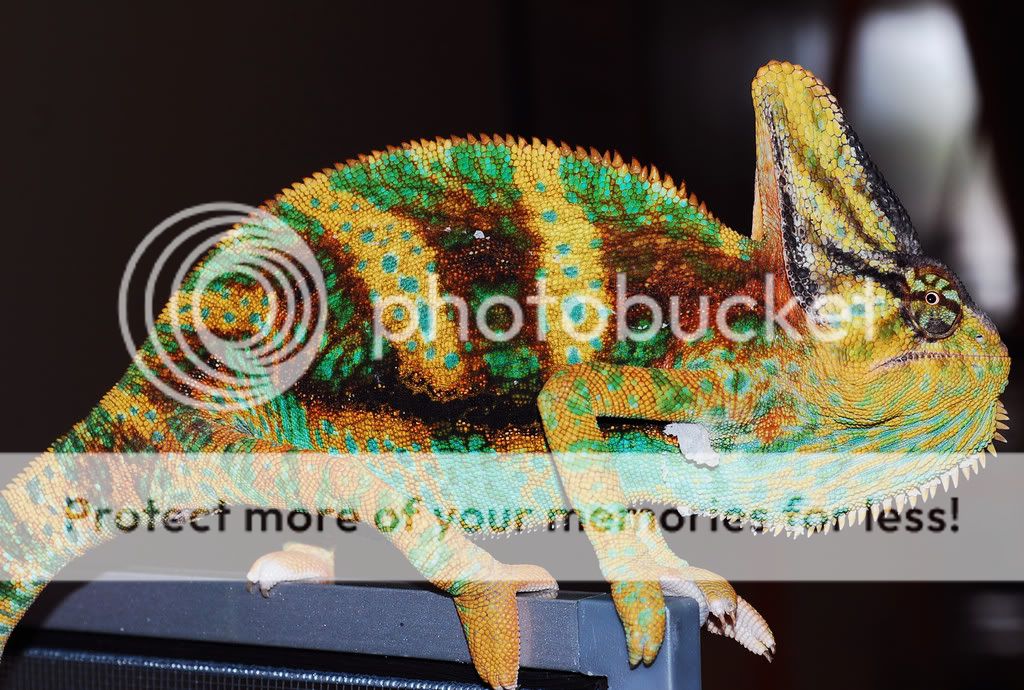Niels Pedersen
Established Member
Hi
We offen see on american chameleon sites, people talk about diffrent calyptratus colours, some natural and some "inbreed".
Have people more or less agreed on what to call the diffrent colour variations and how each type should look like?
I would like to know how many natural locales or variations you know off, and how many designer morphs there is.
I have heard off.
High yellow
orange
turquoise
blue
sunburst
Yellow x turquoise
Orange x turquoise
Orange sunburst
translucent
Many of these must be the same, but feel free to comment on it.
I only know of one locale so far, and thats the locale from north of yemen, which should be larger and have a large helmet. As far as I know many of the diffrent colours are not locales (like we see with pardalis), but variations in the same population.
Thanks
Niels Pedersen
We offen see on american chameleon sites, people talk about diffrent calyptratus colours, some natural and some "inbreed".
Have people more or less agreed on what to call the diffrent colour variations and how each type should look like?
I would like to know how many natural locales or variations you know off, and how many designer morphs there is.
I have heard off.
High yellow
orange
turquoise
blue
sunburst
Yellow x turquoise
Orange x turquoise
Orange sunburst
translucent
Many of these must be the same, but feel free to comment on it.
I only know of one locale so far, and thats the locale from north of yemen, which should be larger and have a large helmet. As far as I know many of the diffrent colours are not locales (like we see with pardalis), but variations in the same population.
Thanks
Niels Pedersen
Last edited:









